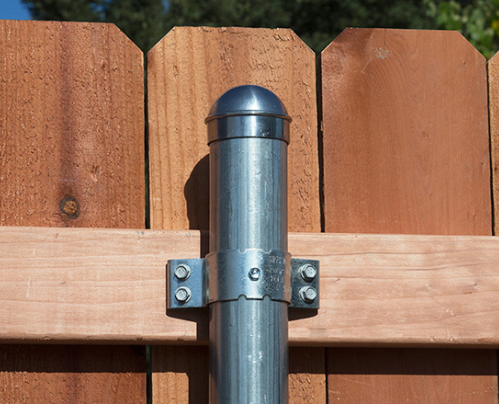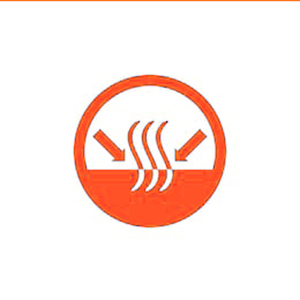 Equipment
EquipmentA post-repair project will usually be completed with equipment you already have. To dig out the old post and position the new one, you'll need a shovel. Handheld post hole diggers, also known as jobbers, are a useful method for digging out the post hole and making it deep enough for the new post to be placed. If you're putting the post in concrete, a wheelbarrow can come in handy for mixing and transporting the concrete to the repair site. A hand tamper, tape measure, level, hammer, fencing nails, and fencing staples are also needed. If you're working on a wire fence, you'll probably need a pair of wire stretchers or a come-along tool to re-stretch the wire. Cutting wire tools are also needed. For repairs and finishing work on wood fencing, hand-held power sanding tools and saws may be useful.
Examine the problem
In certain instances, repairing a fence post does not necessitate removing the whole fence post. The post simply needs to be strengthened. In other instances, straightening the post rather than replacing it is the solution. Both of these repairs are much easier than digging up and removing the wood fence post. When inspecting the broken posts, bear in mind the type of post you're fixing. Because of the amount of stress put on them to help the whole fence row, it's much easier to remove the wire or wooden boards from a line post to repair it than it is to pull out a gate or corner post to operate on them.
Simple Repairs
If the fence post is leaning but otherwise appears to be in good shape, dig away some of the dirt on the exposed side of the post. Return the post to its original location. By realigning the post, you can pack the dirt you removed into the open field. Attach a fence post bracket to the post if it shows signs of rot or other damage but appears to be structurally sound. These are specially crafted metal types that stick to the side of a post to strengthen it.
Complete Post Removal and Replacement
It's much easier to dig out a post that's been buried in the dirt than it is to take one out of concrete. You must also dig out the concrete foundation if the post has one. Set the new post in place after the old one has been removed. A 2-inch layer of gravel in the post hole's base allows for drainage around the post, which helps to avoid decay. If you're going to encase the post in concrete, make sure you go all the way to the top of the post hole. Enable sufficient drainage by sloping the top of the concrete away from the post.













